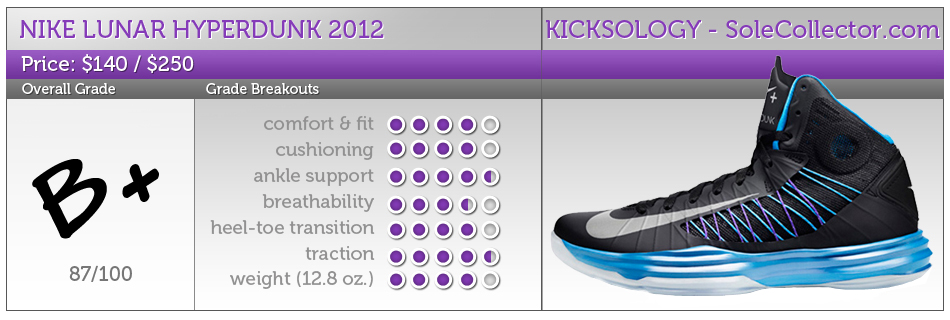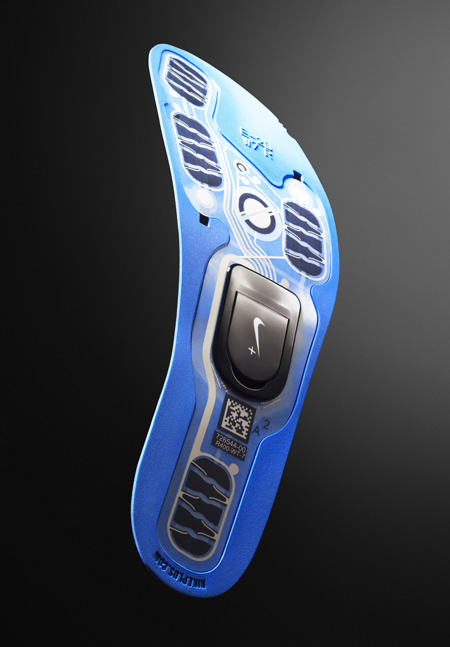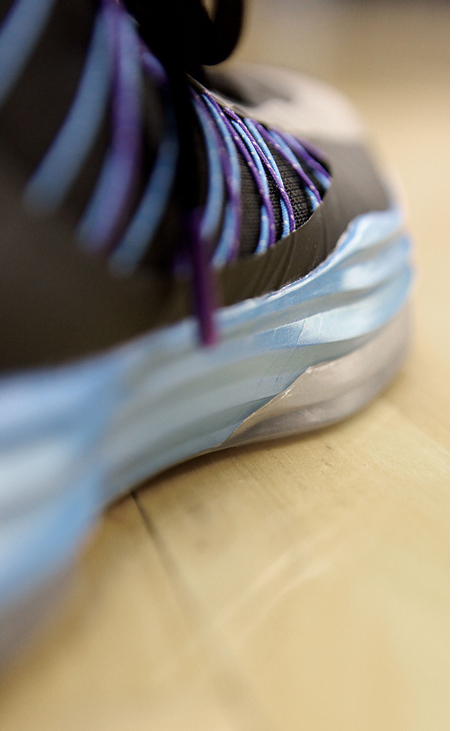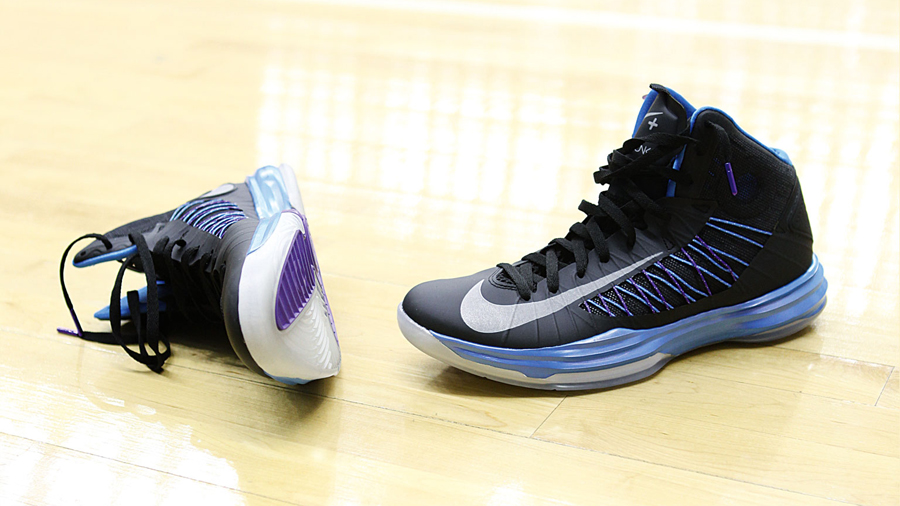
NIKE LUNAR HYPERDUNK 2012 PERFORMANCE REVIEW | INNOVATION AT A COST
words // Nick DePaula
As published in Sole Collector Magazine iPad Issue 10
The new Nike Lunar Hyperdunk is a good shoe. The only problem is that last year’s Hyperdunk 2011 was a great shoe. As the series progressed over a four-year span beginning with its introduction at the 2008 Beijing Olympics, the apex of performance was finally achieved last season with the 2011 version. It was the lightest Hyperdunk yet. The most supportive. Had the best traction. It was even the most responsive and best-fitting.
It crushed every category you’d look for in a high-performance basketball shoe. Even better was the fact that the Elite Series version introduced in the spring of 2012 somehow maximized each and every part and piece of the shoe that I already really liked.
1.
2.
3.
4.
5.
6.
7.
8.
9.
10.
11.


 Unfortunately, everything that it exceeded expectations on has seemingly taken a step back in this year’s version. I’ve played in both the USAB colorway, worn by guys like LeBron James and Andre Iguodala at this summer’s London Olympics, as well as the lead Black / Blue Glow edition that helped to introduce Nike+’s Sport Pack system.
Unfortunately, everything that it exceeded expectations on has seemingly taken a step back in this year’s version. I’ve played in both the USAB colorway, worn by guys like LeBron James and Andre Iguodala at this summer’s London Olympics, as well as the lead Black / Blue Glow edition that helped to introduce Nike+’s Sport Pack system.
